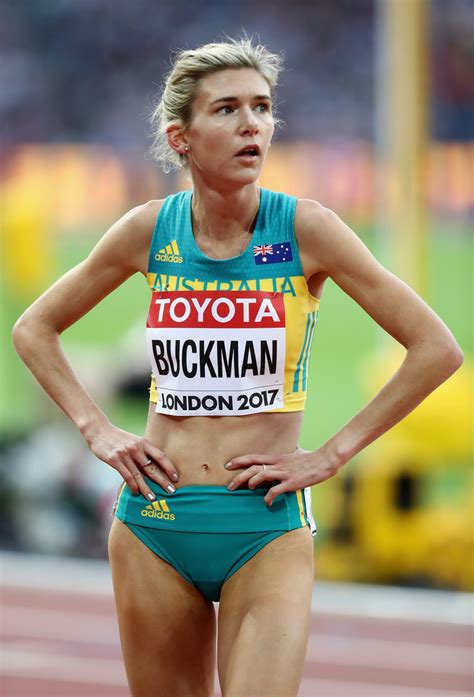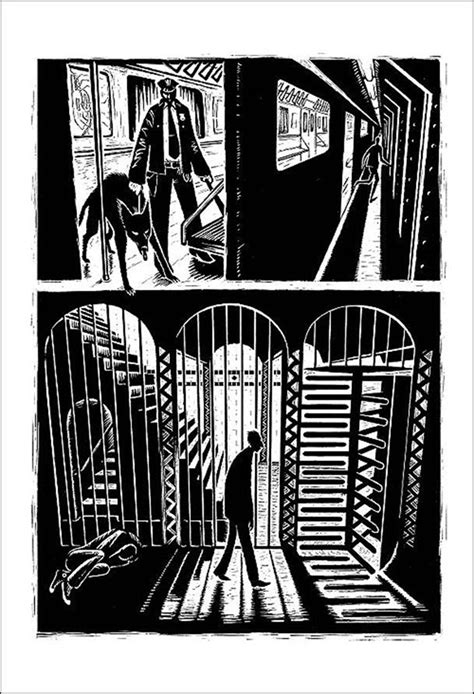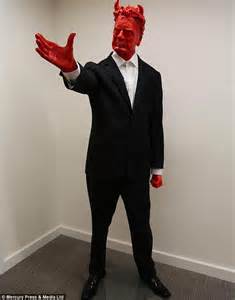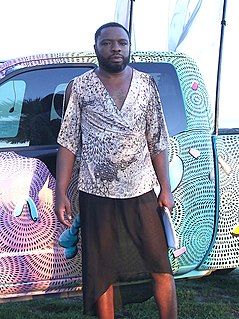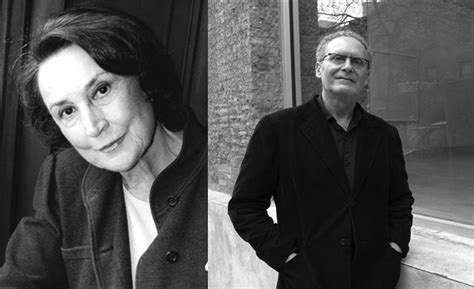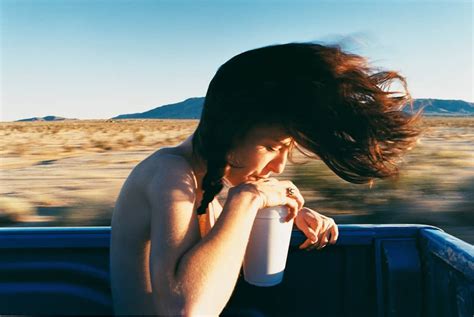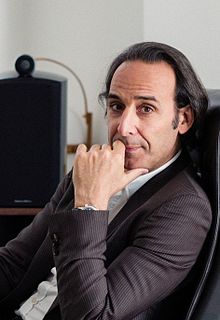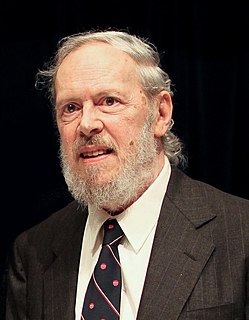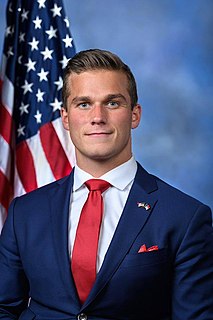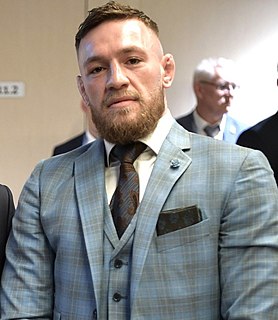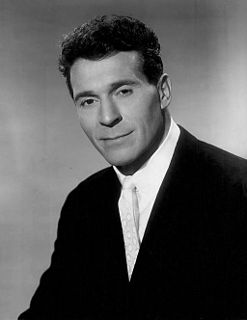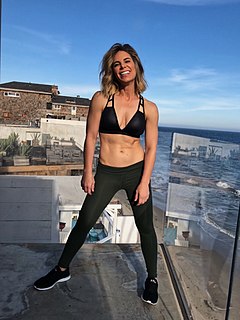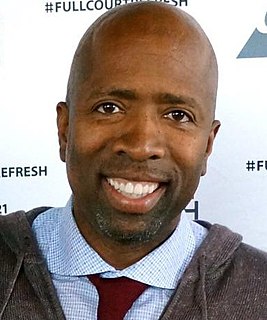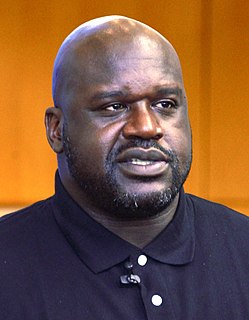A Quote by Zoe Buckman
As artists we need to stop making work only for gallery or museum walls, or the coffee tables of collectors.
Related Quotes
What's that Regina Spektor song? Museums are like mausoleums. Having your work in a museum is something we as artists aspire to, but I don't think that's something we need to worry about while we're alive. Typically your work will end up in a museum after you're dead. And maybe that's the function of a museum. It's an archive of your work after you're dead. But while we're alive, I like to see it in places where it's connected to day-to-day life and making a difference.
A saboteur in the house of art and a comedienne in the house of art theory, Lawler has spent three decades documenting the secret life of art. Functioning as a kind of one-woman CSI unit, she has photographed pictures and objects in collectors' homes, in galleries, on the walls of auction houses, and off the walls, in museum storage.
Urs Fischer specializes in making jaws drop. Cutting giant holes in gallery walls, digging a crater in Gavin Brown's gallery floor in 2007, creating amazing hyperrealist wallpaper for a group show at Tony Shafrazi: It all percolates with uncanny destructiveness, operatic uncontrollability, and barbaric sculptural power.
The gallery closed its doors in 1971. I could no longer psychologically handle the needs of 12 artists. I cared about all of them, and what was happening with their careers. I'm just not a person who can do that indefinitely. And tax-wise I was concerned because they gallery wasn't making money; it was losing money.
I'm noticing a new approach to art making in recent museum and gallery shows. It flickered into focus at the New Museum's 'Younger Than Jesus' last year and ran through the Whitney Biennial, and I'm seeing it blossom and bear fruit at 'Greater New York,' MoMA P.S. 1's twice-a-decade extravaganza of emerging local talent.
The museum in D.C. is really a narrative museum - the nature of a people and how you represent that story. Whereas the Studio Museum is really a contemporary art museum that happens to be about the diaspora and a particular body of contemporary artists ignored by the mainstream. The Studio Museum has championed that and brought into the mainstream. So the museums are like brothers, but different.
My education in the arts began at the Cleveland Museum of Art. As a Cleveland child, I visited the museum's halls and corridors, gallery spaces and shows, over and over. For me, the Cleveland Museum was a school of my very own - the place where my eyes opened, my tastes developed, my ideas about beauty and creativity grew.
